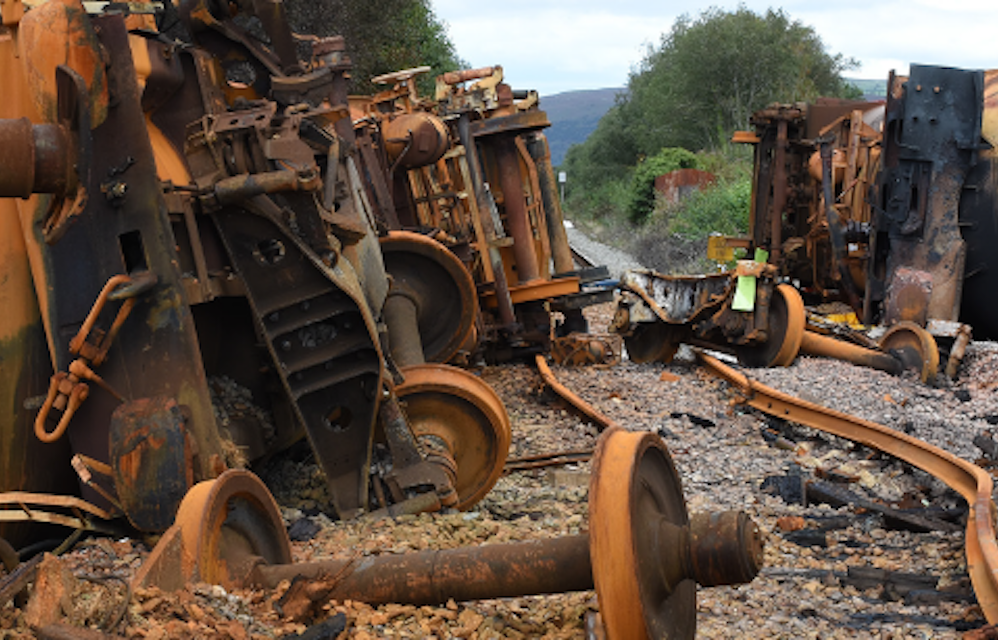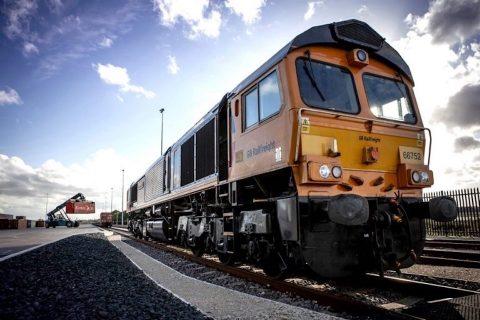The legacy of Llangennech: global implications from UK derailment

The final report on a derailment in Wales in the summer of 2020 will have repercussions for the whole rail freight industry. The British Rail Accident Investigation Branch has concluded that the factors responsible for the oil train crash and fire at Llangennech in South Wales in August 2020 hold lessons for manufacture and operations worldwide. The RAIB has shared its findings in their final report, just published.
Do you want to read the full article?
Thank you for visiting RailFreight.com. Become a member of RailFreight Premium and get full access to all our premium content.
Are you already a member?
Having problems logging in? Call +31(0)10 280 1000 or send an email to customerdesk@promedia.nl.




